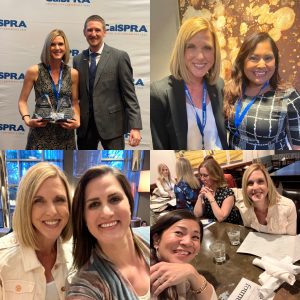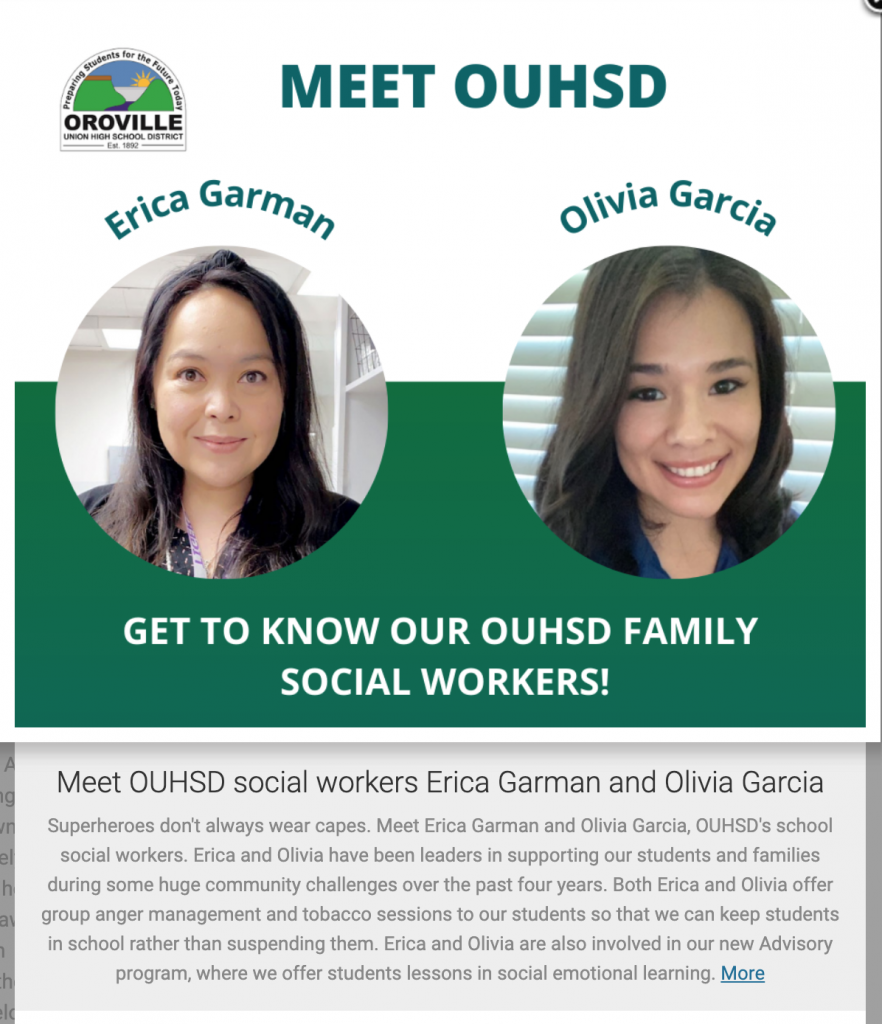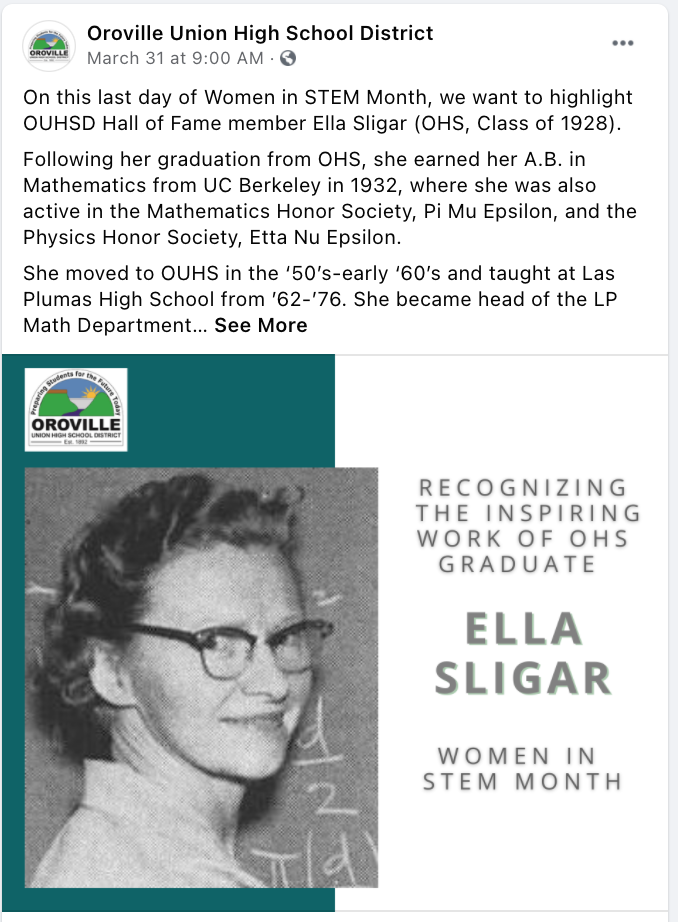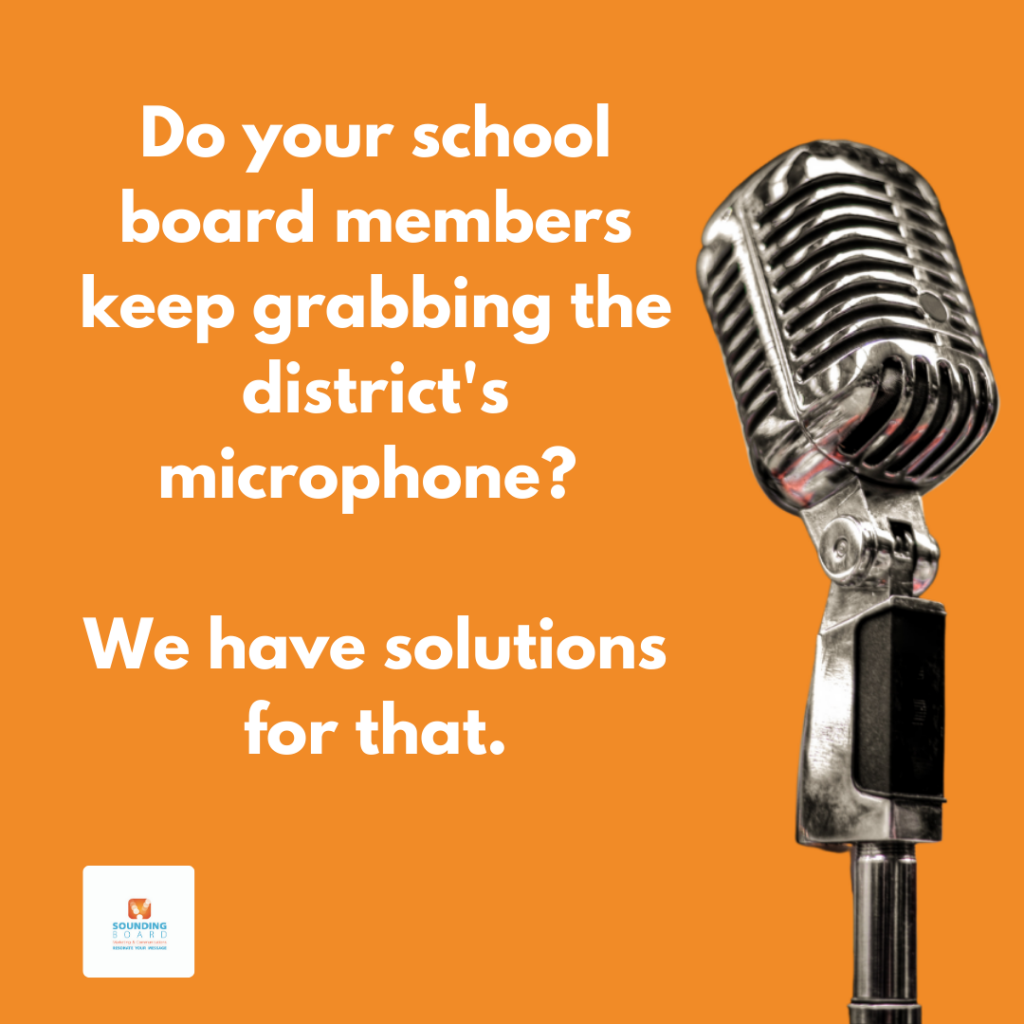
Nearly 20 years ago, I married a teacher. My husband and I began dating when he was in his first teaching assignment as a high school biology teacher, with an emergency credential, while he completed the last couple months of his credential program. After we got married, we moved to a city with a lower cost of living so that we could afford to buy a home and plant our roots. He’s in his 20th year as a biology teacher at his current school, where he is also the science department chair, and coaches girls and boys golf. And, as shown in the picture, he also takes his students on weekend field trips to learn about water management (Photo credit: Bureau of Land Management). He has relentless energy and is so incredibly dedicated.
Seeing his sense of purpose and passion for what he does is one of the reasons why I wanted to work in school PR. I know there are so many other teachers like him, inspiring students’ minds and enjoyment of learning each day, and those stories needed to be told 16 years ago when I first started working in school PR, and we need to keep sharing those stories, especially in light of the increasingly negative and political environment about teachers and public education.
My husband has worn several hats over the years, in addition to coach and teacher–he’s also served as the interim athletic director and interim vice principal. He earned his Master’s Degree in Educational Leadership and Administrative Credential because he thought about going into administration. The reason he didn’t? He would miss his positive touchpoints with students, and teaching in the classroom.
When we share stories about what’s happening at schools, we also need to share the stories of people who continue to make the choice to be teachers. In this age of the “Great Resignation” there are still people who choose this profession because they feel a sense of purpose and truly love what they do. I am thankful for each of those people for teaching my three children in elementary and high school.
And, I’m grateful to my husband who chose a career that positively impacts students’ lives, year after year.
Thank you, teachers.

 What a wonderful two days to connect with our hard-working and dedicated group of school PR professionals at last week’s CalSPRA’s Annual Seminar. I definitely feel like I connected, elevated my PR skills and experiences, and felt incredibly inspired by the over 200 professions who attended.
What a wonderful two days to connect with our hard-working and dedicated group of school PR professionals at last week’s CalSPRA’s Annual Seminar. I definitely feel like I connected, elevated my PR skills and experiences, and felt incredibly inspired by the over 200 professions who attended.







Wow. As a Star Wars fan, I felt like I’ve reached a career pinnacle when hearing that.
But, like Yoda, I really needed to go within to process this. Because, what does being a Yoda of school PR mean? Here are some of Yoda’s greatest qualities: intelligence, wisdom, and skills. He also has the ability to absorb and deflect Force lightning, devoted to the light side of the force.
I realized that I was surrounded by about 300 Yodas of school PR at this conference. Working with a school PR pro means that you’re working with someone who has the intelligence, wisdom and skills directly related to school PR. Need someone to communicate the LCAP in understandable ways to your community? A school PR pro can do that. Need someone who understands the intricate and delicate relationships between labor and admin, and how to communicate without stepping on a landmine? A school PR pro can do that. Need someone who can write a statement or press release in less than 10 minutes, ID people to interview, and navigate relationships with the media? A PR pro can do that (and even deliver a whole story package to the media).
From bringing order to chaos, to calmly communicating about just about any topic, school PR pros have the intelligence, wisdom and skills to ensure that schools, school districts and county offices of education keep the relationships with their publics at the forefront of everything they do. And let’s just say that the past two years have been a constant state of absorbing and deflecting lightning and being a force of good. School PR pros aren’t just great story tellers–they identify which story to tell, how to tell it, who needs to hear or see it, and when.
There are approximately 600 Yodas of school PR who are members of CalSPRA–and many others across the country. And if your district or COE hasn’t already hired one–either as an employee or a contractor, your communications isn’t operating as well as it should (and you probably already know that). We can help you use the force of communication for good.